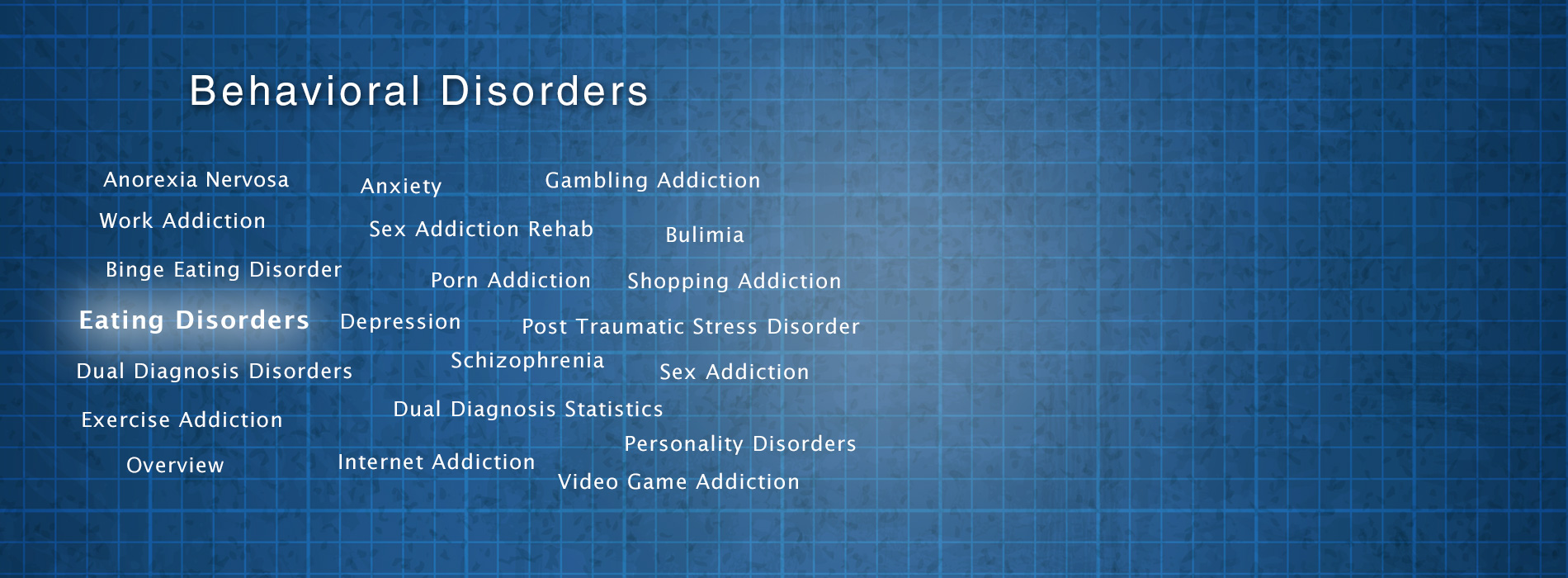![]()
Eating Disorders
When people think of eating disorders, the most common one that comes to mind is anorexia nervosa, but there are several more sub-classifications of eating disorders that can be more difficult to spot. While anorexia nervosa is the most life-threatening of the eating disorders, the other classifications such as bulimia and binge eating can be harmful as well and have very different signs and symptoms.An eating disorder is any psychological disorder that involves abnormal eating habits that negatively affect a person’s health, either mentally or physically. Approximately 1.6% of women and 0.8% of men will be affected by an eating disorder in their lifetime, but the exact rates are unclear. Most eating disorders develop in early adolescence to early childhood for a variety of reasons that are not fully understood. Causes are thought to be related to societal pressures, genetics, and childhood trauma. Eating disorders are often co-morbid (co-occuring) with depression, substance abuse, and anxiety disorders.
Bulimia
Long-term effects of bulimia can include damage to the teeth, mouth, and throat due to frequent contact with stomach acid. Prolonged use of laxatives or dietary aids can cause permanent damage to the intestinal tract causing constipation and other problems. Compulsive exercise can result in overexertion or exhaustion that potentially lead to physical injuries.
Eating disorders are most common among people in professions that put pressure on them to be very thin, such as dancers, jockeys, models, and athletes. Some people in these professions develop an eating disorder to retain their competitive edge as they age.
Anorexia Nervosa
Binge Eating
Other eating disorders
Other disorders are not yet included in the DSM (Diagnostic and Statistical Manual of Mental Disorders), such as “drunkorexia”, where a person restricts their food intake to offset the calories consumed in alcohol, or orthorexia nervosa, in which a person obsesses over maintaining a “clean” diet and avoiding unhealthy food to the point of affecting social interaction.

